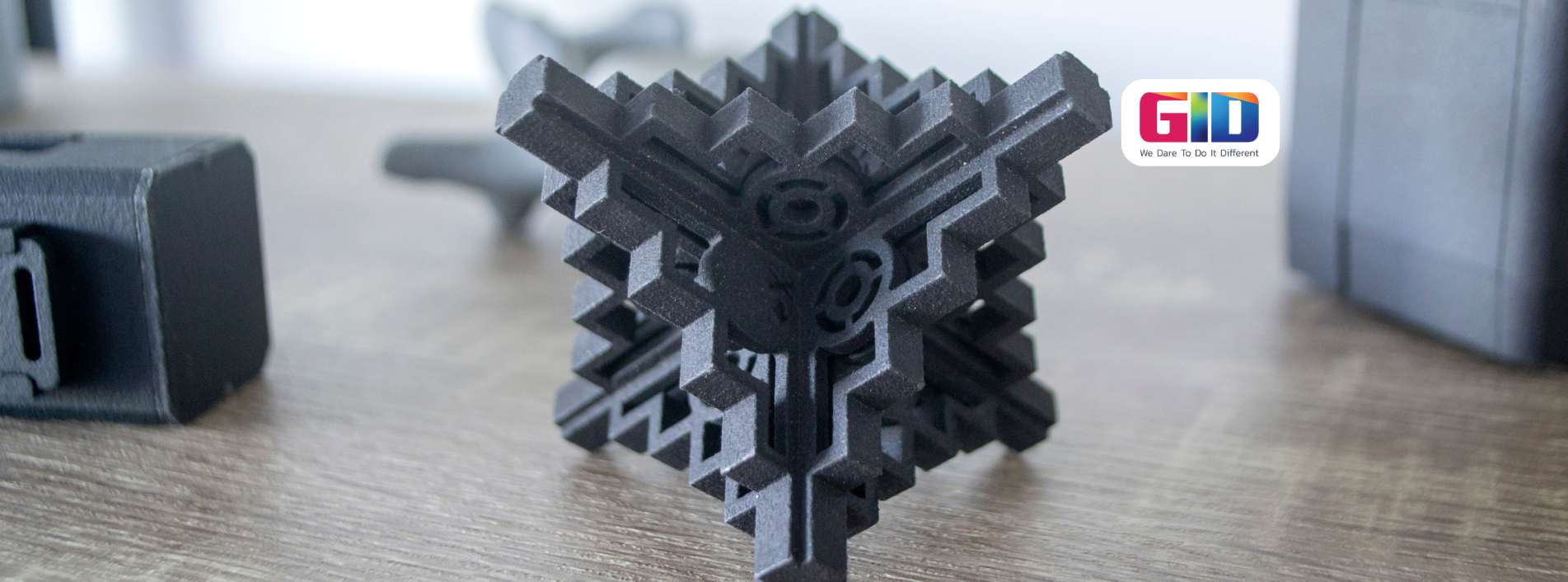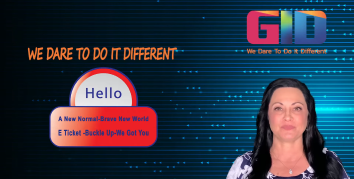Whether to Go for Prototyping or Not: Product Prototype Development is crucial because almost every day, a new product hits the store shelves with the aim to earn name, fame, and of course dollars in the commercial market. However, have you ever wondered what went into getting the greatest and the latest slotted into the marketplace? Every product, before you rest your eyes on them, undergoes a lengthy and vigorous evolution process.
There are some quality checkpoints that a product to be developed has to clear on its way to hitting the market, and they are the product design phase, the product prototyping phase, and the final, bulk manufacturing phase. Let’s discuss about Whether to Go for Prototyping or Not.
For entrepreneurs¸ after you have an innovative idea for a new product, you need to determine all the details. Here we would like to share some practical questions, which you should ask yourself before you make any move:
- What are the new product’s attributes and characteristics?
- What is new in the product that others on the market don’t offer?
- What is the purpose or function of the new product?
- Do we need any new technology to produce the product?
- What is the product’s lifespan?
- How and where it will be manufactured, packaged, marketed and sold?
- How much will be the manufacturing cost, and how much will people willing to pay for the product?
- Are there any issues with the product concerning government regulations, safety, and environmental issues, patent infringements, or other possible hang-ups?
Luckily, if you get the green light from the above questions, you are perhaps ready to begin thinking about developing a product prototype. Depending upon your product design, different types of prototypes can be helpful at different stages of the product development process. If you recognize your product still has some concerns, for a while, you might experience difficulties between modifying design plans and rough prototyping. A product prototype development is extremely necessary before you move on to the final development stage. It is deciding factor that Whether to Go for Prototyping or Not.
Read Also: Streamline Product Development with Prototype Manufacturing
Whether to Go for Prototyping or Not?
Product prototyping is nothing dangerous; it is just a process of creating a functional and easily alterable model that allows us to test the expected features of the product to be developed. It can be done at any phase of new product development. Normally, it is conducted before the start of the bulk manufacturing process to conclude whether the idea is achievable, and beneficial for the targeted end-users or not. Whether to Go for Prototyping or Not is a tough decision to make.
A product prototype development at the beginning allows product development companies and entrepreneurs to conclude what specifications are required and what features are supposed to be included in a successful product. Meanwhile, by conducting prototyping, product development companies will have a chance to check whether a product is meeting all the features and specifications, and will have the opportunity to upgrade its characteristics for the better output. This also helps in deciding whether to go for prototyping or not, ensuring the product development journey is strategically planned.
Product Prototype Development, when conducted in later stage, helps in determining problems and possible solutions on the functionality of the product’s design. It allows key changes to be made and numerous solutions to be implemented just before the final product version is released. A product prototype can be used to lessen the communication gap between an entrepreneur and the potential end-users and financiers. Ultimately, it improves the chances of success. It is important to decide Whether to Go for Prototyping or Not.
Nowadays, prototype is also used to explain misconceptions about the product, guarantee output quality, handle modifications, address various product kinks, collect valid specifications, and to boost user interaction. For now, as the product prototype development is a significant stage in product manufacturing, ensure you do it at the right time and at the right place by using the professional tools to achieve a successful and usable prototype.
When considering Whether to Go for Prototyping or Not, remember, only a successful prototype allows you to test the functionality of the product and evaluate a suggested product interface. Many companies also struggle with deciding Whether to Go for Prototyping or Not, but the benefits highlight its importance in minimising risks and improving final results. Ultimately, the decision about Whether to Go for Prototyping or Not can determine the overall success of your product.

















